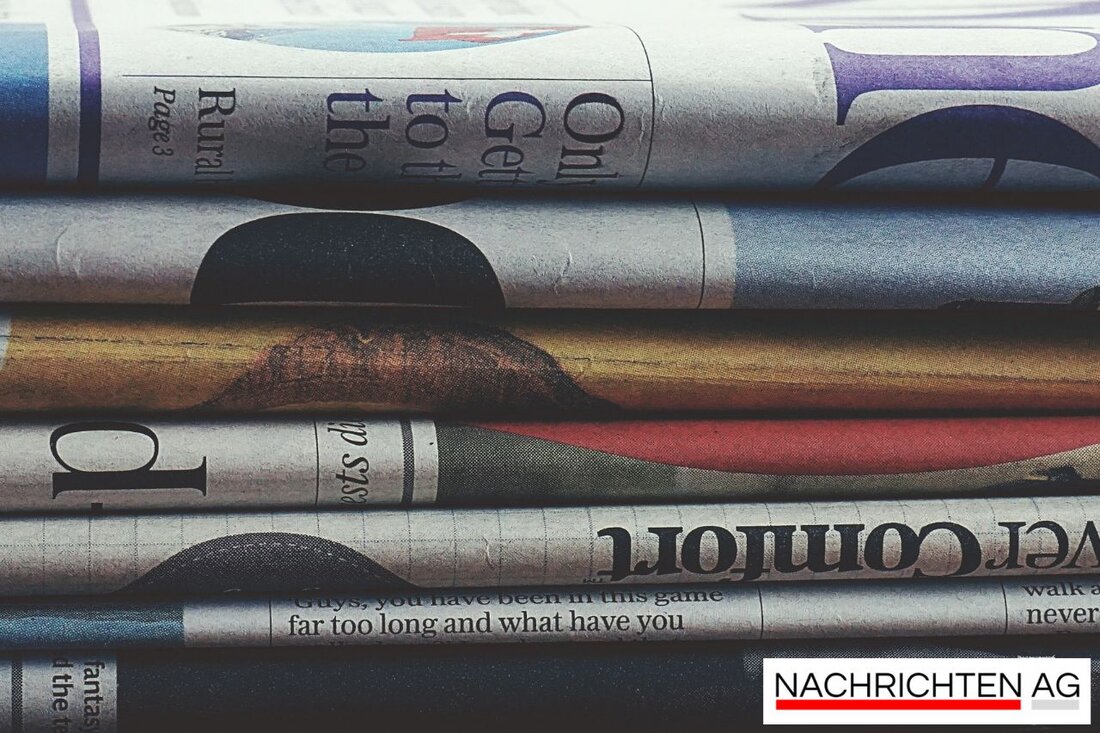Cottbus digitized: New 3D measuring vehicles capture the city!
Cottbus digitized: New 3D measuring vehicles capture the city!
Cottbus, Deutschland - in Cottbus, special measuring vehicles have been in use since July 3, 2025 to create a comprehensive digital model of the city. These innovative vehicles use the latest 3D camera technology to capture the entire public traffic area. The aim is to digitize important elements such as roads, paths, traffic lights, street signs, street furniture and plants. Experienced experts are optimistic that the data collected will significantly simplify and accelerate the administrative tasks, reports rbb24 .
The process of data acquisition will extend over a period of about four weeks. In order to protect the privacy of the citizens, all 3D images are automatically anonymized before use, so that people and vehicle license plates are made unrecognizable. The data created in this way are only intended for the internal use of the administration.
financing and permits
The total costs for the innovative project amount to around 160,000 euros. The city of Cottbus only bears 10 percent of the costs; The remaining amount is covered by the "Smart City" funding program. In order to ensure smooth data acquisition, the measuring vehicles have received special exceptional permits that allow you to drive pedestrian zones and cycle paths at walking speed. This is an essential step towards implementing a digital data infrastructure, which is ultimately to lead to an urban digital twin in order to control urban development in the future.
Similar projects for measuring the road network were recently initiated in Berlin, which underlines the increasing importance of digital twins in urban planning processes.
The digital twin in the global context
The use of the digital twin technology extends beyond the borders of Cottbus. Cities worldwide are increasingly investing in this technology to implement different applications. The most important applications include urban planning, traffic management and the monitoring of infrastructures. Generation Robots reports that the effects of "What if?" Scenarios can better estimate the effects of new infrastructures.
Furthermore, digital twins offer the opportunity to simulate traffic flows and to improve the safety and the flow of traffic primarily with the integration of networked and autonomous vehicles. The use of algorithms can help to identify potential problems at an early stage and to analyze the condition of roads and bridges in real time.
The potential of this technology is immense and could help not only increase the efficiency of maintenance, but also to save costs in the billion dollar sector. Delays in the maintenance of American infrastructures are estimated to cause damage over one billion dollars. Thus, digitization of urban spaces could promote long -term significant savings and sustainable urban development.
In summary, it can be seen that the implementation of a digital twin in Cottbus and other cities of the world not only represents progress in urban planning, but also represents an essential step towards intelligent cities. the development of a digital data infrastructure that builds on existing geodata and supports individual planning goals.
| Details | |
|---|---|
| Ort | Cottbus, Deutschland |
| Quellen | |


Kommentare (0)